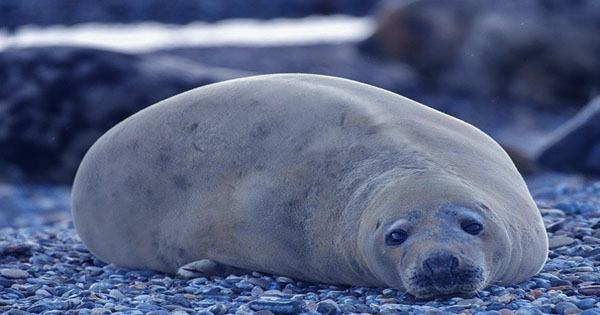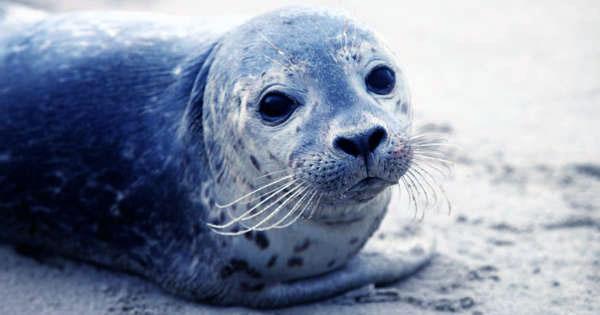Humans continually change their tone of voice, whether to express surprise or concern, whereas other species lack this ability. As a result, vocal learning experts are particularly interested in the few species that can do so, one of which is the harbor seal.
Scientists investigated whether newborn pups could change their voices to a busy environment in recent research, and discovered that these animals can shift their tone of voice to hear even at a young age.
“Speech-language — including acquiring new sounds in infancy — would be impossible without our established control over sound production. Is it possible for other animals to accomplish this?” IFLScience spoke with Andrea Ravignani, the group head of Comparative Bioacoustics at the Max Planck Institute for Psycholinguistics.

“A seal named Hoover demonstrated vocal mimicry in the 1980s, parroting human speech” (you can find audio recordings on YouTube). Apart from humans, seals appear to be one of the only creatures with excellent voice control and flexibility. Hoover, on the other hand, was a unique case and an adult. We wondered, “Can a group of people perform the same thing at only a few weeks of age?”
The study looked at eight harbor seal (Phoca vitulina) pups aged one to three weeks old at the Seal centre Pieterburen in the Netherlands. The puppies were bound for the ocean, but they enrolled in the research for a little science before they left. The researchers played noises captured from the adjacent Wadden Sea to the seal pups, which ranged from silence to 65 decibels. Because the tone height of the sounds matched that of the pups’ calls, the researchers wanted to test if the seals’ tone changed in response, which they called their “fundamental frequency.”
The pups’ vocalizations altered by reducing their basic frequency in reaction to a loud “ocean,” according to their findings. The alterations they displayed connected to the noise levels they exposed. This adaption, according to Ravignani, may benefit the animals by assisting their mothers in hearing them in a busy nursery. “If young seals behaved like other animals, we would expect them to raise the volume of their sounds as the level of noise grew,” Ravignani added. “What seals did, however, was decrease the pitch of their voices to leave the frequency range of noise, which is something that only creatures with adequate control of their larynx (including humans but perhaps excluding most mammals) can accomplish.”
“This demonstrates vocal plasticity in seal pups from an early age, suggesting that seals may be one of the only animals that can flexibly alter the pitch of their voices, similar to humans when singing or speaking a tonal language.” Researchers hope that by studying another mammal that is able to handle its voice like a human, they will be able to begin building an evolutionary tree that marks the emergence of speech building blocks, proving that human voice control is not as unique as before. Check the flexibility of other elements of the sealed voice, such as ferment (which lets people to make a variety of vowels) and voice rhythm, once you have finished thinking.
















